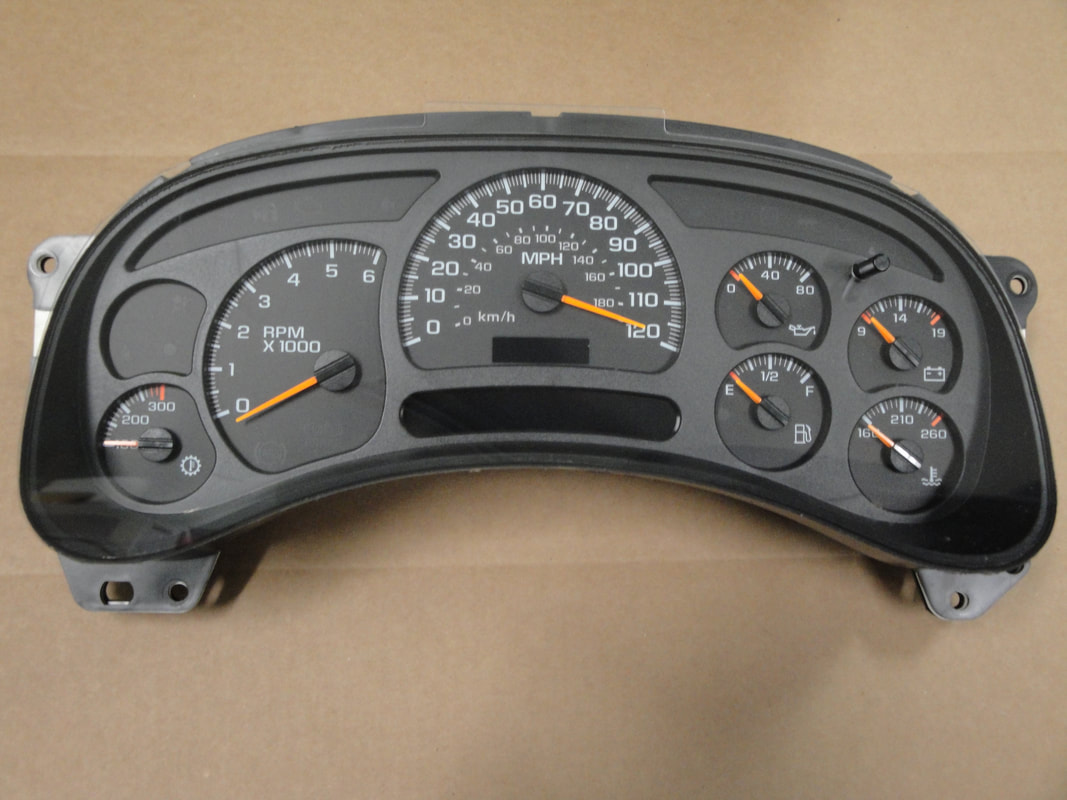Discover Top Techniques for Reliable Automobile Tool Cluster Repair and Upkeep
In the realm of automobile upkeep, the elaborate system of a tool collection plays an important function in giving vehicle drivers with important info regarding their lorry's efficiency. When faced with problems associated with this essential component, having a detailed understanding of reliable repair and maintenance techniques is paramount. From diagnosing usual cluster malfunctions to making use of specialized tools for accuracy repair services, a systematic method can make certain ideal capability and long life of this essential control panel function. Remain tuned to uncover the leading approaches that can improve the procedure of car instrument cluster repair service and upkeep, inevitably enhancing your driving experience and automobile performance.
Usual Tool Collection Issues
Some typical problems might arise with car instrument collections, influencing their functionality and accuracy. One widespread issue is a malfunctioning speedometer, which can bring about security concerns and potential legal problems otherwise resolved immediately. This concern usually comes from a faulty speed sensing unit or damaged circuitry, creating inaccurate rate analyses or total failing of the speedometer. One more frequent issue is a non-responsive gas gauge, causing uncertainty about fuel levels and prospective unforeseen failures. This trouble can be triggered by a malfunctioning gas degree sensing unit or a defective scale collection. In addition, flickering or dim control panel lights prevail issues amongst vehicle proprietors. This problem might be associated to loosened connections, a falling short dimmer button, or damaged light bulbs. These problems can prevent the driver's capability to check essential car details, highlighting the importance of prompt tool cluster repair work and upkeep to make sure optimal functionality and accuracy while driving.
Necessary Tools for Repair Work
When addressing usual tool cluster problems such as malfunctioning speedometers, less competent fuel gauges, or dim dashboard lights, having the vital devices for repair service is vital in ensuring effective and exact diagnostics and maintenance. Among the main tools required for vehicle tool collection fixing are a digital multimeter for screening voltage and resistance levels, a soldering iron for dealing with defective components or loose links, and a collection of screwdrivers for dismantling the collection. Furthermore, specialized tools like collection removal hooks might be needed for safely removing the collection from the control panel.

Diagnostic Strategies for Troubleshooting
Using sophisticated analysis techniques is crucial in successfully repairing problems within auto tool clusters to identify and address underlying troubles properly. When confronted with a malfunctioning tool cluster, specialists often rely upon diagnostic tools like multimeters, scan devices, and specialized software program to determine the origin of the trouble. These devices allow specialists to access the collection's interior systems, get mistake codes, and do system tests to identify issues effectively. In addition, techniques such as circuit screening, voltage checks, and signal evaluation play a vital role in identifying intricate digital faults within the instrument cluster. By following organized analysis treatments and analyzing diagnostic results accurately, service technicians can improve the troubleshooting process and make certain the correct performance of the instrument cluster. Routine training and staying upgraded on the current analysis technologies are important for specialists to successfully repair modern-day instrument clusters with advanced attributes. A complete diagnostic strategy not only conserves time yet likewise promotes precision in identifying and settling tool cluster concerns immediately.
Cleansing and Upkeep Tips

Software Updates and Calibration
.jpg/:/cr=t:0%25,l:0%25,w:100%25,h:100%25)
Calibration is another important element of preserving your automobile tool collection. This procedure entails adjusting the setups and criteria within the software application to guarantee that the shown information, such as speed, gas level, and temperature, is trusted and accurate. Appropriate calibration not only boosts the individual experience yet likewise adds to safety and security on the road by supplying drivers with precise and trustworthy information.
To guarantee that your car tool cluster functions optimally, it is recommended to follow the producer's guidelines relating to software updates and calibration periods. By staying positive in these locations, you can optimize the performance and life-span of your tool cluster.
Conclusion
Finally, reliable automobile tool collection Click This Link fixing and upkeep require an extensive understanding of common problems, essential devices, diagnostic techniques, cleaning approaches, and software program updates. By utilizing these methods, specialists can effectively repair and resolve instrument collection issues, making certain precise and trustworthy performance of the automobile's control panel display. Normal maintenance and calibration are key to avoid future concerns and making sure the correct performance of the instrument collection.
When resolving common instrument cluster issues such as malfunctioning speedometers, unresponsive gas evaluates, or dim control panel lights, having the vital devices for fixing is crucial in making certain exact and efficient diagnostics and upkeep. Among the main tools required for vehicle instrument collection repair work are a digital multimeter for testing voltage and resistance levels, a soldering iron for dealing with loosened links or defective elements, and a collection of screwdrivers for taking apart the cluster. Furthermore, specialized tools like collection removal hooks may be essential for securely removing the cluster from the dashboard.
In conclusion, reliable car tool cluster repair and maintenance call for a complete understanding of common problems, necessary tools, diagnostic strategies, cleaning up approaches, and software updates. Regular maintenance and calibration are key to stopping future concerns and ensuring the correct performance of the tool cluster.